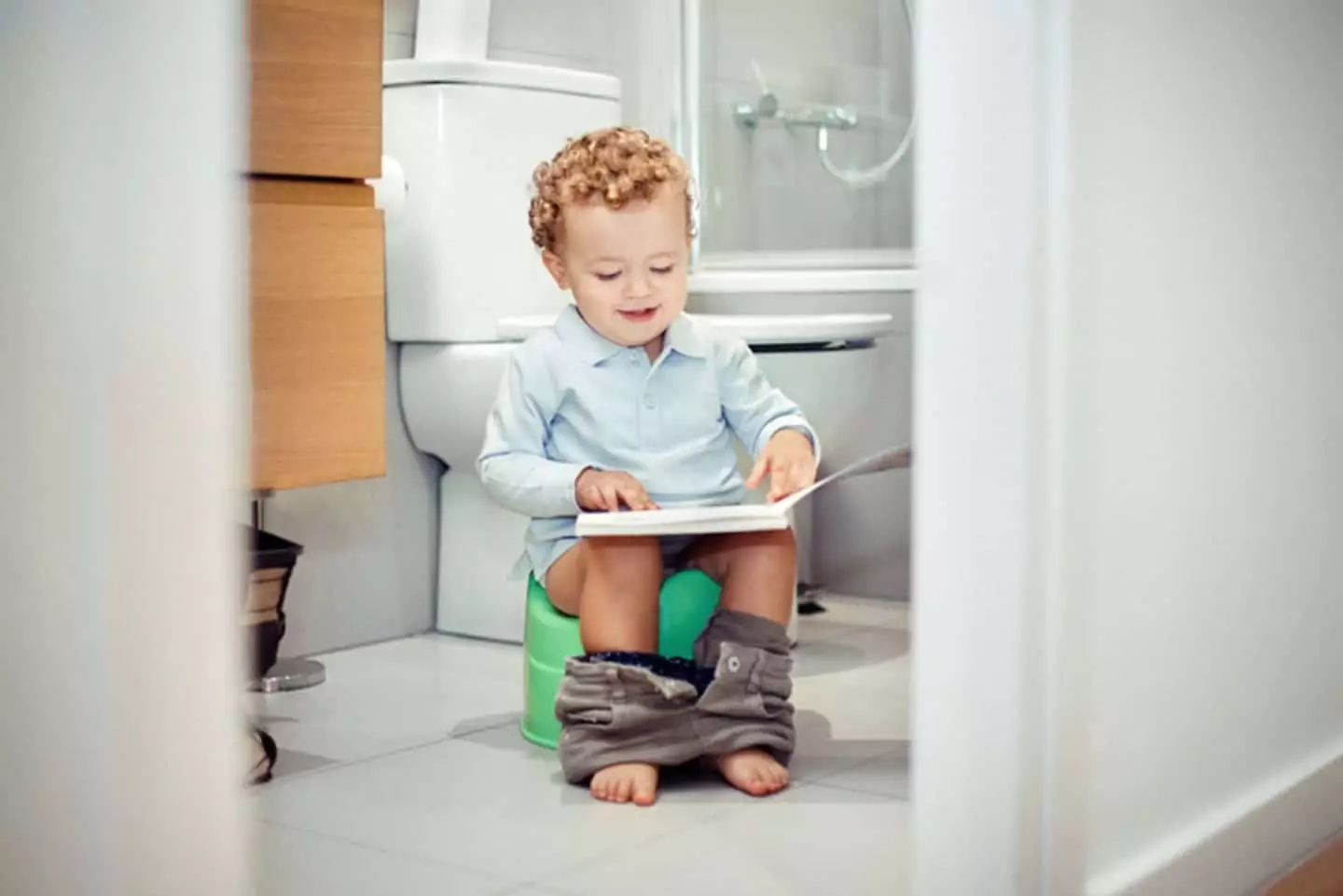Potty training marks a pivotal moment in a child’s journey toward independence, offering a blend of excitement and challenges for both parents and children. Witnessing a child celebrate their first successful use of the potty is undeniably heartwarming. However, it is essential to navigate this process with care and understanding, ensuring that both physical and emotional readiness is taken into account. This article delves into the essential aspects of potty training, offering insights into its timing, potential pitfalls, and strategies for success.
One of the most critical aspects of successful potty training is identifying the right time to start. If parents begin the process prematurely, they often find themselves challenged by an uncooperative child. Conversely, waiting too long can lead to frustration and anxiety. Typically, children reach a point of physical readiness between 20 and 30 months of age, exhibiting increased bladder control and awareness of their body’s signals.
However, emotional readiness can lag behind physical development, requiring parents to observe their child closely. An excited, motivated child is more likely to embrace potty training than one facing significant life changes, such as welcoming a sibling. Therefore, discerning between emotional and physical readiness is vital and can maximize the likelihood of a smooth transition from diapers to the potty.
Many parents may feel disheartened during the early days of potty training, especially when accidents occur frequently. It is crucial to understand that accidents are an integral part of the learning curve, much like a child learning to ride a bike. Instead of viewing these slip-ups as failures, they should be recognized as valuable teaching moments.
Children must become familiar with the sensation of wetness, which is often masked by absorbent diapers. When accidents happen, they create an opportunity for children to learn about their bodily functions and develop greater control over their urges.
Maintaining a supportive attitude during this essential learning phase is vital for fostering confidence. Parents should encourage their children and be patient, reminding them that accidents are a normal part of mastering any new skill.
Establishing a consistent routine can be instrumental in facilitating a successful potty training experience. Far too many parents attempt to fit this critical developmental stage into their existing schedules without dedicating the necessary time and focus it requires. For optimal results, it is advisable to set aside a few days where distractions are minimized, allowing your child to hone their skills without interruptions.
Additionally, transitioning away from diapers and pull-ups during daytime hours can significantly enhance a child’s learning experience. While these items may seem convenient, they often create confusion and hinder the child’s ability to notice bodily cues. It’s essential to communicate the trust you have in your child by opting for underwear or “going commando” during the day, reserving nighttime diapers until they demonstrate consistent daytime success.
A common mistake during potty training is the tendency to prompt children excessively. While it can be well-intentioned, constantly asking, “Do you need to go?” can inadvertently pressure kids, causing them to disregard their own bodily signals. Instead, parents should strive to allow their children to take the lead in this process, encouraging independence and self-awareness.
This approach empowers children to listen to their bodies and respond appropriately, fostering a sense of autonomy that is essential for their overall growth. Encouragement should be subtle rather than forceful, allowing children to feel secure and confident in their developing skills.
Consider investing in age-appropriate potty training tools that can help create a positive atmosphere. Kid-sized potties can make the entire experience more inviting and less intimidating for children, making them feel like they have their own space. Toilet seat inserts designed specifically for little ones can also ease the transition to adult-sized toilets, reducing anxiety during this significant change.
Additionally, lightweight step stools can empower children to reach the sink for handwashing, further promoting independence. Selecting practical and comfortable tools lays the foundation for a more enjoyable and successful potty training journey.
Potty training is a unique journey filled with both triumphs and challenges. By understanding the importance of timing, embracing the learning curve, fostering consistency, encouraging independence, and creating a positive training environment, parents can help their children navigate this milestone with confidence. With patience and trust, little ones will soon find their way to the potty, leaving diapers behind and stepping into independence.

